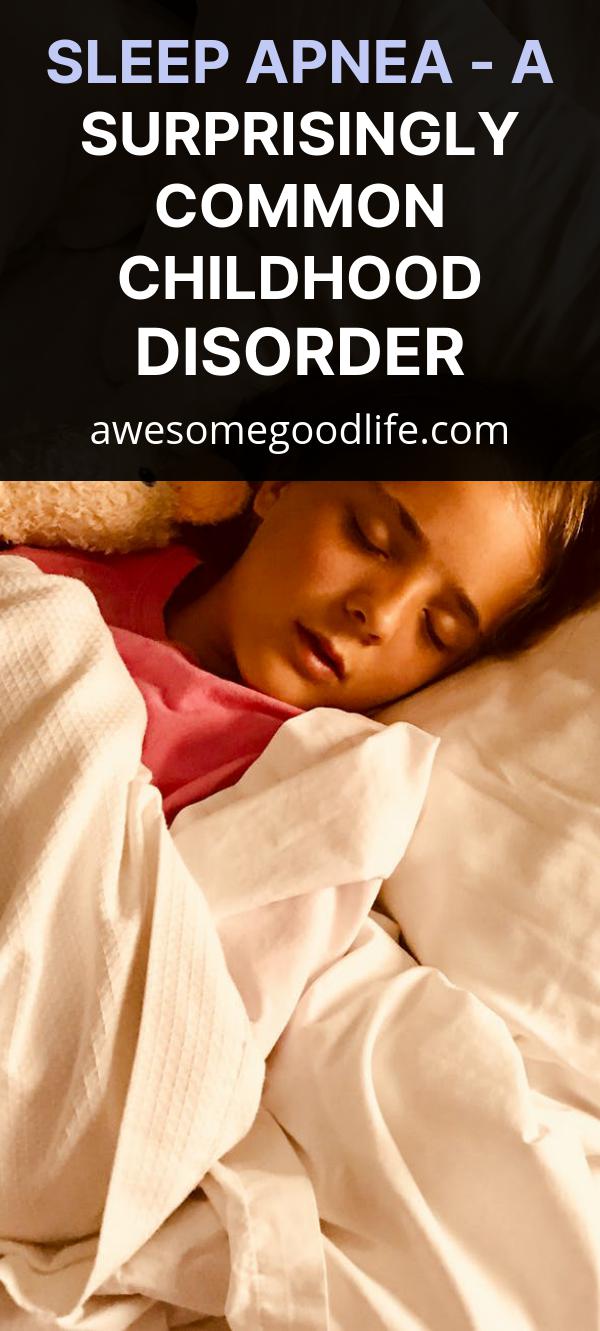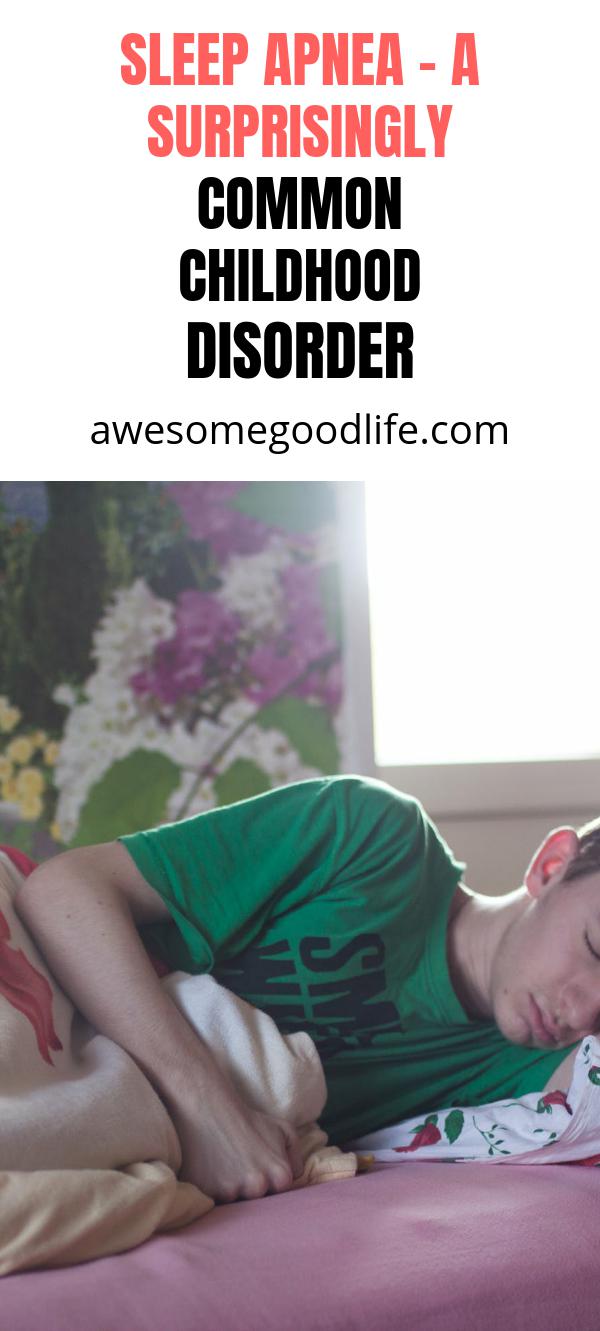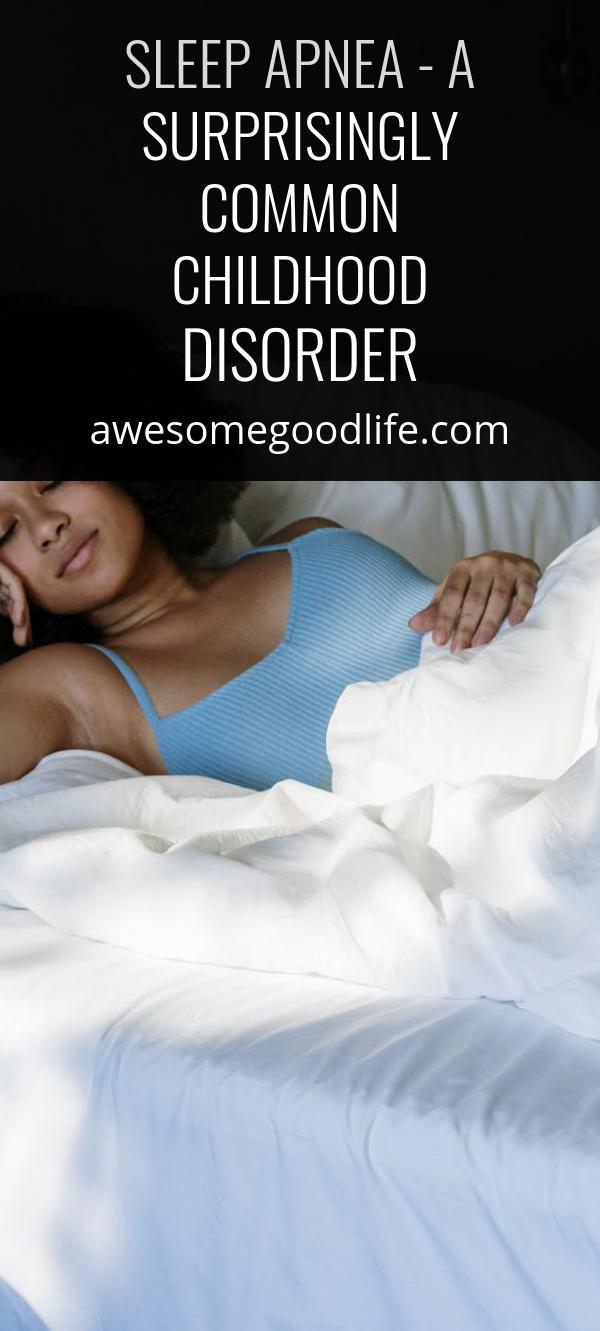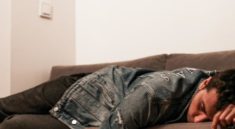Sleep apnea, and in particular obstructive sleep apnea, is often thought to affect only overweight men from the age of about fifty onwards. In fact, while sleep apnea is perhaps most often seen in this group, it also affects a large number of women and is increasingly being recognized as a very common disorder in children.
Perhaps the first reference to sleep apnea in children was made by Charles Dickens in The Pickwick Papers, published in 1837, in which Dickens wrote about a fat boy with a short thick neck called Joe who was always falling asleep.

The first medical reference to sleep apnea in children then appeared a few years later in an 1889 edition of the British Medical Journal. However, it was not until 1976 that it began to receive serious consideration, following the publication of a report by the Stanford University Sleep Disorders Clinic.
Today, sleep apnea is being widely recognized as a common disorder amongst children of all ages, and particularly amongst children between the ages of about three and six. Estimates vary, but in the United States alone, the number of children suffering from sleep apnea is put at between one and a half and two million.
So what are the signs and symptoms that might suggest your child is suffering from sleep apnea? Well, these will of course vary widely, as is the case with many conditions, but some of the telltale signs include:
Loud snoring or noisy breathing during sleep. Snoring is far less common in children than it is in adults, but a significant number of children do snore and this, on its own, does not necessarily indicate the presence of sleep apnea.
Periods of not breathing during sleep. This is not always easy to spot as the chest often continues to move up and down as if the child is breathing, although no air is being taken in through the nose or mouth.
Breathing through the mouth, rather than through the nose.
General problems in sleeping or restless sleep.
Unusual or excessive tiredness during the day.
Behavioral problems and an apparent difficulty in understanding. This may include difficulties in paying attention, aggressive behavior, and perhaps hyperactivity.
A general failure to develop at a satisfactory pace. For example, poor weight gain.

Finally, a very common symptom in children is enlarged tonsils and adenoids.
Now the presence of some, or indeed any, of these signs does not necessarily mean that your child is suffering from sleep apnea, but it would be reasonable to assume that this might be the case, and you should certainly consider consulting your family doctor.





